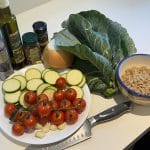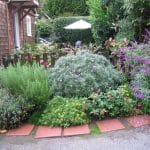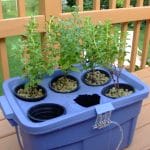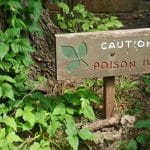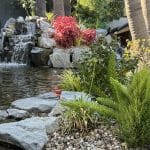Aphid Control Without Chemicals: Tips That Actually Work
Bad Bugs
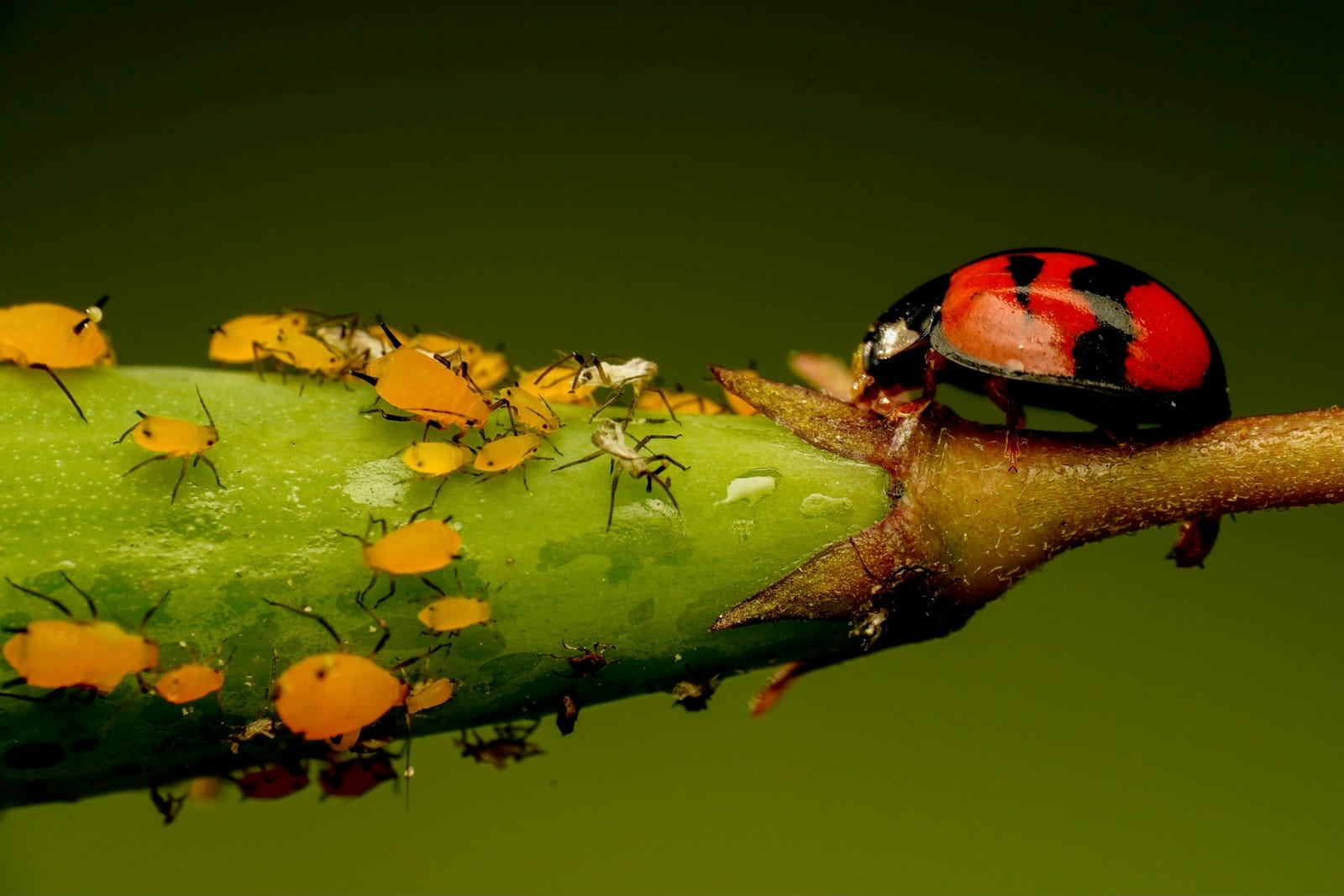
Have you ever flip over a leaf and find it crawling with tiny, green bugs? No warning, no invitation—just a sticky mess and a plant that looks like it’s given up hope. That, my friend, is the aphid surprise. And if you’ve gardened for more than a week, you’ve probably run into it.
I still remember the first time aphids hit my kale. Looked fine one day, and the next it was puckered, pale, and curling in on itself like a fist. I didn’t know what was going on until I noticed the ants. They were farming the aphids like little cows, milking the honeydew and defending them like hired thugs. No joke. Nature’s weird like that.
But here’s the good news: you don’t need chemicals to deal with them. I haven’t used a single synthetic spray in years, and I’ve still kept my brassicas standing tall (most seasons, anyway). All it takes is knowing what makes aphids tick—and what knocks them down.
Let’s get into it.
Start with Watering
I used to laugh when people told me to “just spray them off.” But turns out, they were right. Aphids aren’t exactly built like Navy SEALs. A hard spray from the house on the leaves can help temporarily remove them, especially if you aim for the undersides where they like to hide.
It doesn’t kill them all, but it sets them back. And if you do it a few mornings in a row—before the sun gets hot—you’ll keep them from multiplying like crazy. I keep a narrow-spray nozzle just for this job.
Soap Works—But Start Light
If they keep coming back (and they usually do), I mix up a basic insecticidal soap. Just:
- 1 tablespoon of unscented castile soap
- 1 quart of water
- A few drops of neem oil, if I dare (more on that in a sec)
This stuff works by coating the aphids and dehydrating them. Just spray it directly on the bugs—this isn’t a preventative, it’s a direct hit. Do it early morning or late evening, and rinse the plant off with plain water the next day if it looks stressed.
Some plants don’t like it. Beans, in particular, can be a bit sensitive. So always test it on a small spot before going full throttle.
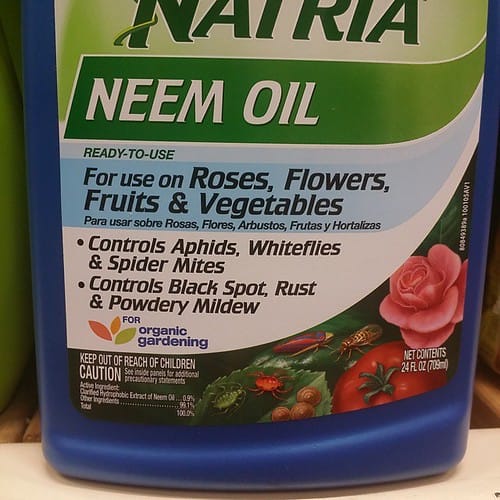
What About Neem Oil…
A lot of organic gardeners swear by neem oil—and for good reason. But I’ll be honest, I’ve gone overboard with it more than once. I recently doused one of our flowering vines so heavily it looked like it had been dipped in wax. Even our Lettuce Grow hydroponic system—yes, indoors, on a tidy tower of green—got swarmed by aphids. We tried neem in desperation, and it backfired. Leaves turned spotted and wilted, and the system took a while to bounce back.
Lesson? Neem is powerful, but it’s not foolproof. Use it sparingly, dilute it well, and never apply it in full sun or high temps. It’s not a cure-all, and sometimes it does more harm than good. I use it now as a last resort, not a first step.
If you’re looking for something gentler (especially for indoor setups or young plants), the Arber Plant Protection Kit might be worth a try. It’s a fully organic combo of bio-fungicide and bio-insecticide, made from beneficial soil bacteria. One helps fight off common plant diseases like root rot and powdery mildew, while the other targets aphids, gnats, mites, and more—without frying your leaves. It’s clean, safe, and plant-friendly, and feels more like giving your garden a shield than a slap. Definitely a better first step if you’re trying to stay ahead of pests without doing damage.
Feed Less, Watch More
Aphids seem to love overly fertilized plants. I used to throw down nitrogen-rich compost like confetti, thinking more was better. But soft, juicy growth is basically candy to aphids.
Once I started balancing things out—less manure, more leaf mold, and composted kitchen scraps—I saw fewer outbreaks. Plants got tougher. Aphids weren’t as interested.
Strong plants don’t just resist aphids better—they’re also less likely to call them in with stress signals. It’s like switching from fast food to real food; the change shows over time.
Build a Welcome Mat for Predators
One thing I’ll give nature: she likes balance. If aphids show up, the predators usually aren’t far behind—as long as you haven’t scared them off with sprays or sterile beds.
Instead of buying ladybugs (they fly off anyway), I focus on planting what they like. That means:
- Letting cilantro, dill, and fennel flower
- Tucking in patches of sweet alyssum and calendula
- Skipping the cleanup once in a while—lacewings love a bit of garden mess
It’s not just about killing pests—it’s about inviting the helpers in and letting them do the work. I’ve seen parasitic wasps take down a colony of aphids in days, and hoverflies—those little bee-fly hybrids—are absolute machines when it comes to eating aphid nymphs.
Grow Some Sacrificial Lambs
Nasturtiums. Zinnias. Even mustard greens.
These are my trap crops—the plants I want aphids to hit first. I tuck them near my kale or tomatoes and check them often. Aphids flock to them like kids to an open cookie jar. And when they’re covered, I pull them and toss the whole thing in the compost or chicken run.
No drama. No guilt. Just smart planting.
Some folks feel bad sacrificing a flower, but trust me—it’s better than losing your whole bed of lettuce.
Give the Mushroom Trick a Go
Okay, this one’s a little experimental, but it’s been fun to play with.
Last season, I read about using edible mushrooms—like oyster or shiitake—to make sprays that irritate aphids and maybe even support beneficial microbes on the leaves. I had a batch of button mushrooms going mushy in the fridge, so I steeped them in warm water, strained it out after a couple of days, and sprayed the liquid on some struggling Brussels sprouts.
Did it work? Actually, yes. Aphid numbers dropped within a week. The leaves looked cleaner, and no harm done to the plant.
Now, I don’t think this replaces soap or predators, but it’s another layer in the toolbox, especially if you’re dealing with soft-bodied pests and want to try something natural without side effects.
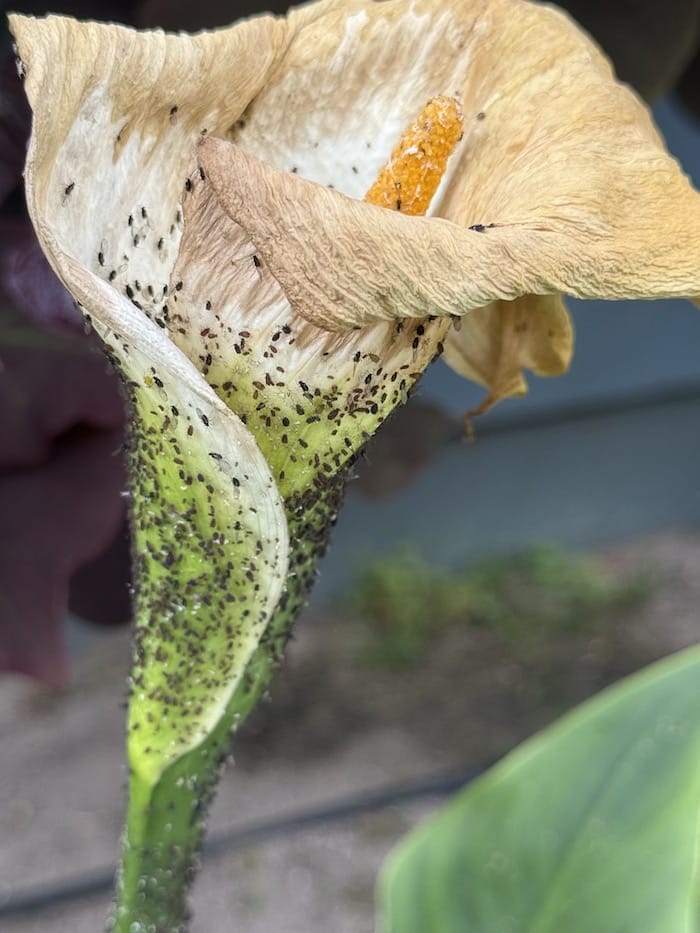
Calla Lily infested in Carmel, California
Don’t Aim for Zero Aphids
Here’s what I wish I’d heard earlier: the goal isn’t zero aphids. That’s not realistic, and it’s not even healthy. Aphids are part of the ecosystem. A few here and there? Totally fine.
The problem is when they go unchecked.
Instead of chasing perfection, aim for balance. If your garden’s healthy, and you’re paying attention, you’ll catch outbreaks early and head them off without panic.
Every season, I learn something new. And even now—after years of digging, planting, failing, and adjusting—aphids still show up. I just don’t freak out about it anymore.
FAQ: Organic Aphid Control
Q: What kills aphids instantly without harming plants?
A: Insecticidal soap is the safest quick-kill method. Spray directly, avoid mid-day sun.
Q: What attracts aphids to my plants?
A: Excess nitrogen, soft new growth, water stress, and monoculture beds can all attract them.
Q: Does neem oil really work on aphids?
A: Yes—but it’s easy to overuse. Dilute carefully, apply in cooler temps, and avoid young leaves.
Q: What naturally repels aphids?
A: Chives, garlic, mint, and marigolds can help. Trap crops like nasturtiums draw aphids away from veggies.
Q: What’s the safest method for indoor gardens or hydroponics?
A: Manual removal, gentle soap sprays, and strong airflow. Avoid neem indoors—trust me on that one.
(Sources: University of California IPM, Oregon State University Extension)
So if you’ve got aphids—and most of us will at some point—don’t panic. You don’t need to nuke your garden or toss out your hydro setup.
Start with water. Invite the good bugs. Use soap smartly. And maybe give those aging mushrooms a second chance.
It’s all part of the learning curve—and trust me, it gets easier with time.
Share this post
All categories
More From The Garden
Disclosure: This post may contain affiliate links. That means if you click and buy, The Bright Garden may earn a small commission, at no extra cost to you. We only recommend products we’ve vetted and believe will benefit our readers.

